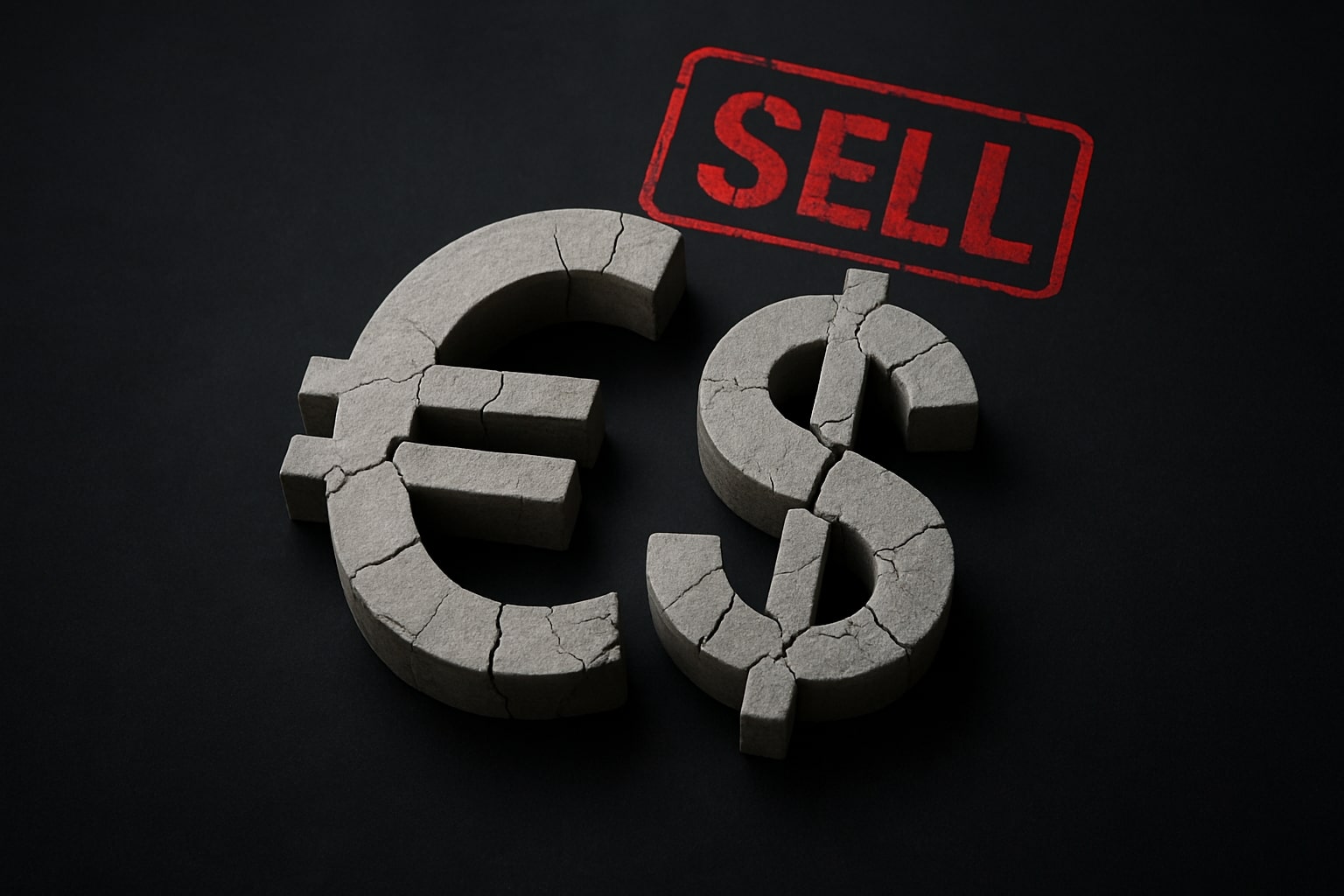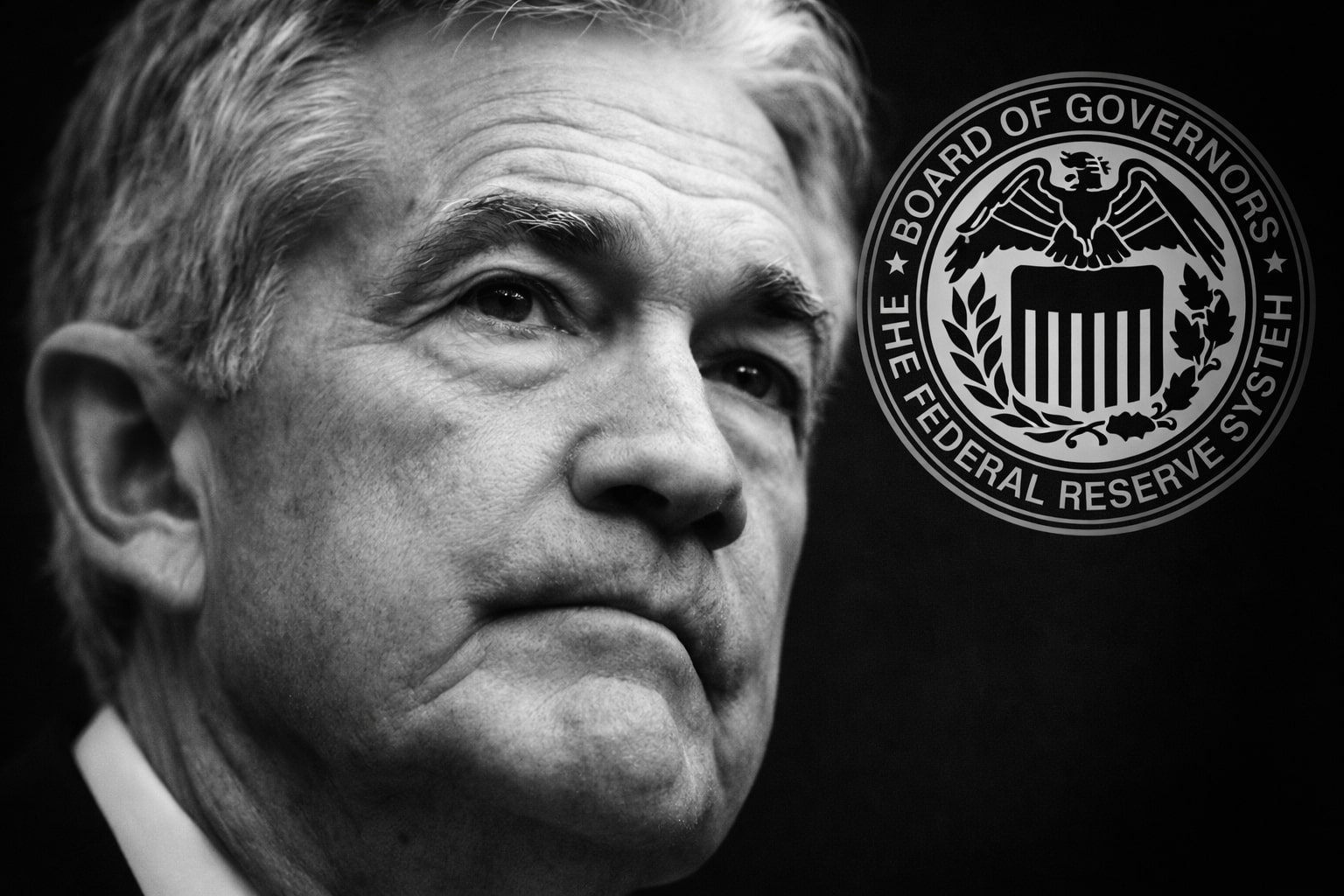EUR/USD BREAKS DOWN AS TARIF-FUELED SELL-OFF DEEPENS
EUR/USD has collapsed to 1.1522, marking its lowest point in several months following a devastating two-day slide totaling over 1.3%, a collapse triggered by a 15% US tariff blow on European exports, including key industrial sectors like pharmaceuticals and semiconductors. The steep correction comes after speculative long euro positioning faced a violent unwind as high-conviction trades turned fragile, exposing the imbalance in sentiment.
The DXY dollar index, heavily weighted toward the euro, surged to 98.70, its highest since May, showing a full-fledged capital rotation into the greenback. The correlation between EUR/USD and the German DAX also disintegrated after weak EU follow-through buying, further weakening the euro’s bid. Meanwhile, JOLTS job data and consumer confidence in the US remain resilient, offering the dollar a macro floor.
US-EU TRADE DEAL UNLEASHES EUROZONE DRAIN
The trade pact signed between Washington and Brussels, rather than easing uncertainty, has poured cold water on Eurozone sentiment. Under the deal, Europe faces a flat 15% tariff on its exports while Belgium has committed to €750 billion in gas purchases from the US, with another €600 billion earmarked for investment in US tech and infrastructure. Capital is now being rerouted out of the EU at scale, threatening Europe’s GDP trajectory and trade balance.
Public reaction has been explosive. The French Prime Minister labeled the deal “submission,” and Germany’s Chancellor warned of its long-term damage to European industrial foundations. The European Commission’s effort to spin the deal positively failed to convince either market participants or its own constituents. Investors immediately repriced risk, accelerating EUR/USD downside.
EUROZONE GDP OUTLOOK COLLAPSES UNDER PRESSURE
Eurozone second-quarter growth is now forecast at 0.0% QoQ, plummeting from 0.6% in Q1. Spain is expected to remain the outlier at 0.6% QoQ, while Belgium could slip below its prior 0.4%. This breakdown in economic momentum is taking place just as Europe enters a politically fragile phase, where rising input costs from US tariffs and a lack of stimulus tools create downside feedback loops.
DOLLAR MOMENTUM BUILDS AHEAD OF FOMC DECISION
The US dollar rally is not merely a reaction to Euro weakness. Traders are pricing in a Fed that may stay on hold longer than anticipated. The $44 billion issuance of 7-year US Treasuries and the Quarterly Funding Announcement due next could test bond market liquidity. Still, volatility remains muted, and a spike in oil due to Trump’s Russia ultimatum could add further fuel to USD gains. Any disruption in Russian energy exports, particularly to India, Turkey, or China, would tighten supply chains and further bolster dollar appeal.
President Trump’s renewed rhetoric—hinting at 20% tariffs on countries not aligning with US trade terms—also signals an aggressive stance that markets are interpreting as inflationary for others and bullish for the US dollar.
POSITIONING SHAKEOUT DEEPENS LOSSES IN EUR/USD
EUR/USD longs, once driven by conviction in Europe’s recovery, are now unraveling. Traders entered long positions prematurely in early Asian sessions expecting upside follow-through in Europe. But lack of participation forced a fast, disorderly unwind. This has triggered what looks like forced selling, not just a technical correction. As conviction fades, positioning becomes a liability rather than a strength.
The belief that Europe would outperform on trade de-escalation has proven wrong. What remains is a vulnerable EUR/USD profile with little support until multi-month lows.
TECHNICAL STRUCTURE TURNS DECISIVELY BEARISH
EUR/USD has broken below its ascending trendline and crucial 1.1585 support level. Price currently trades near 1.1549, and technical charts show a confirmed bearish engulfing pattern. Moving averages are failing: the 50-day and 100-day EMAs have been broken with force, and momentum is accelerating lower.
The next support lies at 1.1522—already tested. If that gives out, the door opens toward 1.1452, and further down, 1.1389 becomes the deeper target. To recover, bulls would need to reclaim 1.1585, and ideally 1.1645, with strong volume—a scenario that looks unlikely without a drastic macro shift.
Short-term retracements, even toward 1.1600, will likely meet selling pressure. The technical case is clear: this is a breakdown, not a range.
FUNDAMENTAL LANDSCAPE SKEWS IN FAVOR OF DOLLAR BULLS
Across macro, policy, and sentiment channels, the dollar holds the upper hand. The Fed’s wait-and-see stance, backed by strong labor prints and buoyant consumer sentiment, gives it strategic room. In contrast, the ECB has little ammunition. With eurozone growth flatlining and capital fleeing, the central bank may have to accept economic underperformance without new easing tools.
On a geopolitical level, Europe’s negotiating power has visibly weakened. This is not just a headline risk—it’s now a structural shift that realigns capital flows and risk preferences toward the US.
MARKET CALL: EUR/USD IS A SELL ON RALLIES
Based strictly on the data:
-
Macro momentum favors USD
-
EUR/USD trendline and EMA supports have failed
-
Capital outflows from the EU are real and accelerating
-
Key levels have broken and positioning has turned
Final rating: Sell
EUR/USD is a clear sell below 1.1585, with target zones at 1.1452 and 1.1389. Short rallies into 1.1600–1.1625 with stops above 1.1645.
This is not a dip to buy. This is a breakdown to ride.




















